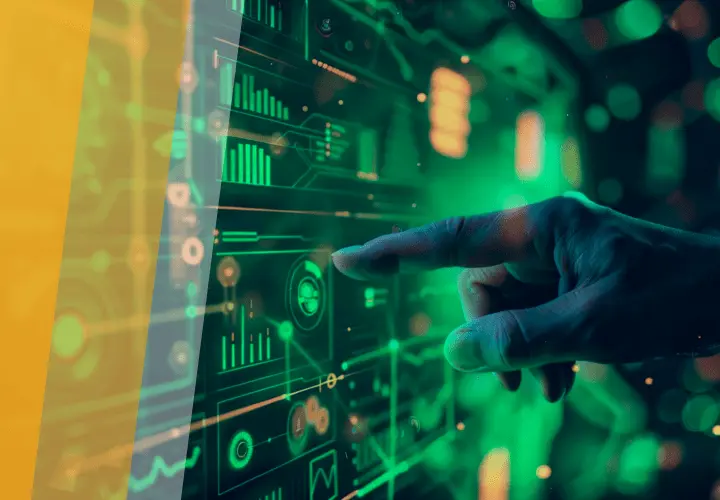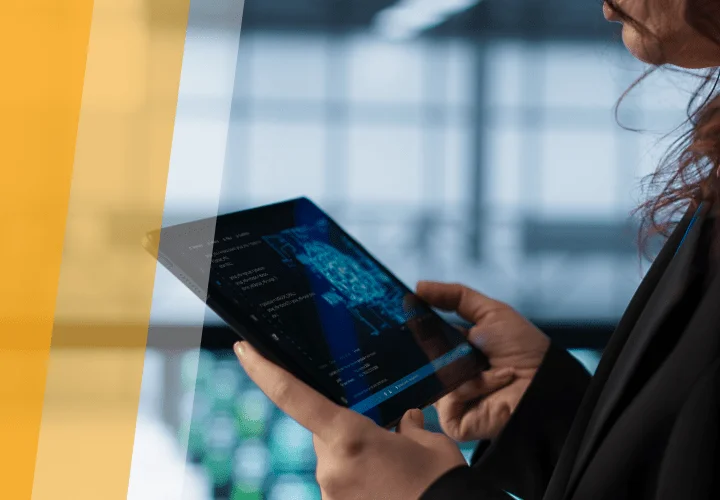Unconventional Examples of AR/VR in Education: Reaching from the Ground to Space
Table of contents
- Medicine — final rehearsals of the operations and trainings with a therapeutic effect
- Environmental education to highlight hot-button topics
- Public safety: practice makes perfect
- Run-up to space missions
- AR training apps for pets: any command is fun
- Summary: AR is an inherent part of education and training
Today, one can hardly be surprised by use cases of AR/VR in education and training.
Augmented and virtual reality is no longer an ‘emerging tech’ or ‘a thing of future’ — it has obtained the status of a practical tool that brings advantages to learning experience.
The ways to use AR in the classroom to engage students in any lesson, from ancient history to incomprehensible anatomy, are numerous. It’s always fun to see 3D models of extinct animals or go back to the Stone Age for a class period. But what about leaving a classroom and taking a glance at the more advanced applications of augmented reality tech for education?
Here they are — let’s start from the ground surface, then move to space, and explore how AR and VR participate in the training process across different sectors.
Medicine — final rehearsals of the operations and trainings with a therapeutic effect
Surgery simulation is the most obvious field of the AR and VR engagement. To provide safer surgeries, medical specialists should not only plan them scrupulously, but also ‘rehearse’. Patient-related data turns into body models with the help of AR/VR technologies, which makes virtual patients ready for test operations.
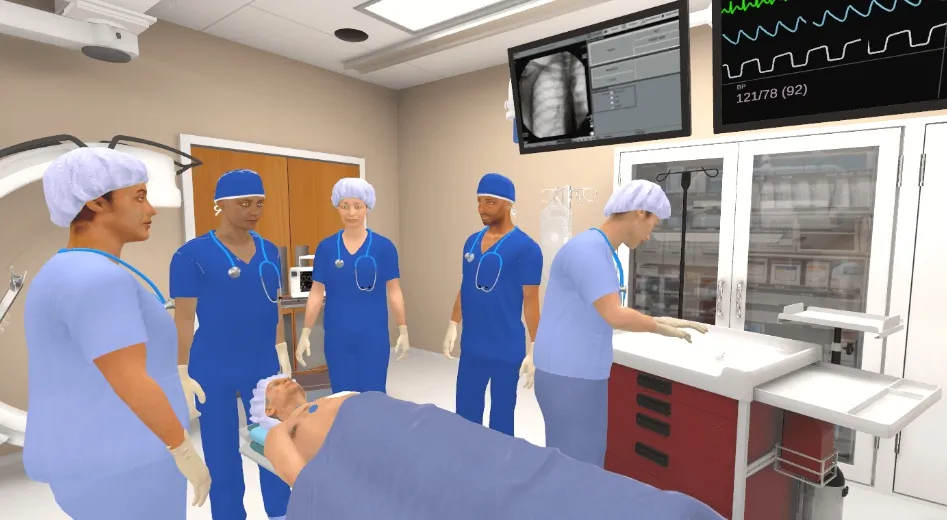
Technologies act as physicians. Sounds weird, but the truth is that virtual reality treats brain diseases and different forms of anxiety. Recent research by the University of Kent proves that VR improves the quality of life for patients with dementia.
How does it work? People with dementia train to go back to their pleasant life episodes through delving into a secure environment. Besides getting ‘health-giving’ positive emotions, dementia patients are becoming more socially open.
A safety-focused approach reduces paranoid delusions, too. VR therapy training sessions aimed at dealing with fears are beneficial for stress relief and anxiety reductions.
Environmental education to highlight hot-button topics
Augmented reality appears to be on the surface when it comes to drawing attention to environmental issues and promoting environmental awareness.
Plastic pollution, rare or endangered species, deforestation, greenhouse effect, and other environmental issues spread and reach people’s minds with the involvement of augmented reality and virtual reality technologies. Realistic experience achieved with AR/VR training apps really matters while catching the interest of the public.
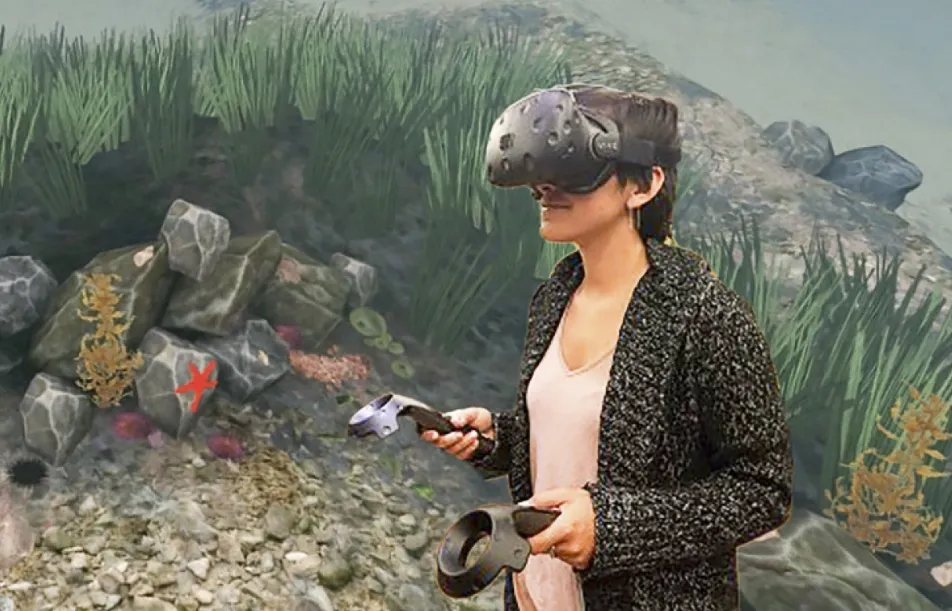
Public safety: practice makes perfect
Well, AR improves health conditions, but what about saving lives? It is no joke — and the first responders will endorse this AR and VR power. Here are a few cases of AR in education and training when police officers give kudos to AR/VR:
Voice, facial, and biometric recognition for the identification of criminals even if this is a training operation;
Remote crime scene examination is a new collaboration level and a chance to involve multiple channels and departments in the criminal investigation.
Counter-terrorist practices conducted with game-based AR platforms prevent chaotic and inconsistent actions of emergency services.
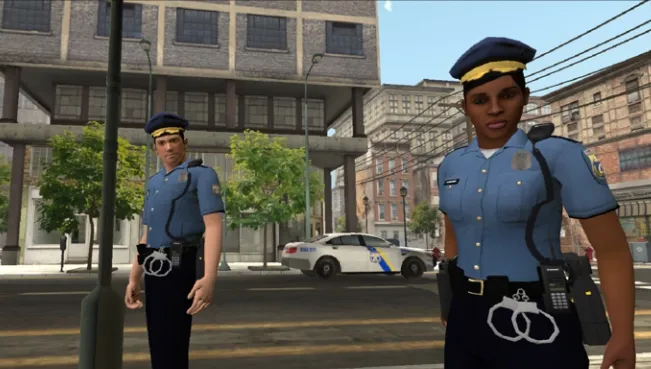
Augmented reality technologies affected firefighters as well as the police — restricted visibility in the darkness or unfavorable conditions is no longer as issue for them when speedy actions and emergency responses are top priority. Augmented reality displays placed into firefighters’ masks help emergency response group control the situation even in case of zero visibility during a simulation training.
Run-up to space missions
AR and VR conquer the outer space assisting astronauts in their training. On the one hand, VR is approved by NASA as a means of guiding astronauts during virtual spacewalks. AR acquaints the crew with the important data that could be tough or impossible to get in space.
One of the most popular NASA experiments, Human Exploration Research Analog (HERA), is augmented with AR and VR training.

On the other hand, VR headsets are popular among astronauts in their exercising procedures to manage stress and calm them down before space missions.
AR training apps for pets: any command is fun
Children are amused by virtual worlds, and the learning process comes smooth. What about pets? The question should sound like, ‘What about adults?’, as they turn into tutors while training their four-legged friends.
AR lessons give you a sense of understanding how to arrange a training process step by step. GoDog, the Emerline product responsible for smart training and taking care of dogs, leverages augmented reality to understand the mechanics of each movement better while watching and reproducing lessons for canines.

Summary: AR is an inherent part of education and training
Augmented reality connects real and virtual universes, which gives new breath to habitual learning processes. Thanks to AR and VR, all training and exercising activities take on a new significance — apart from the increased motivation and deeper content understanding, they help to deal with mental health issues or ensure safety.
Emerline relies on the AR/VR potential and never ignores these technologies when it becomes obvious that they make software solutions handier.
Published on Dec 17, 2019

